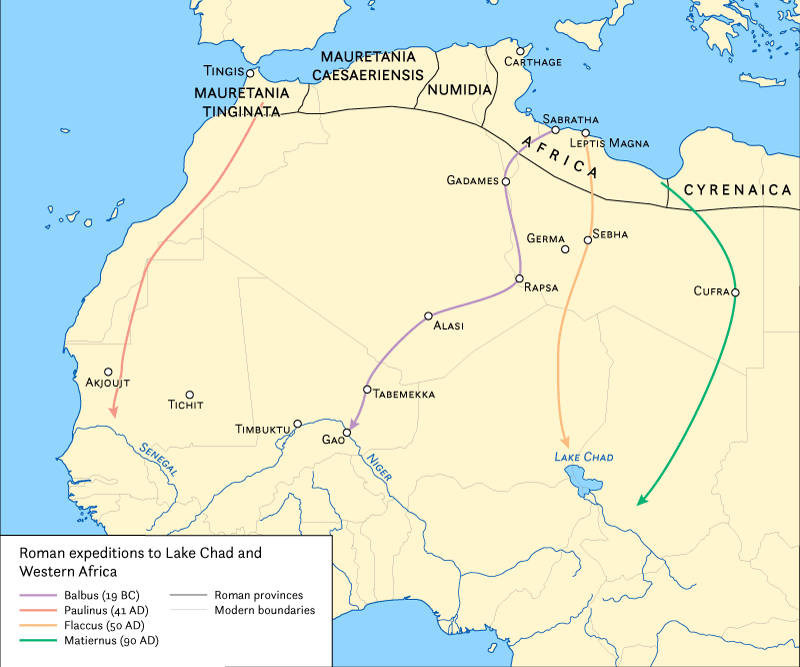
Were There REALLY Any Blacks in Roman Britain?
02/09/2023
Earlier: Guardian: “Monica Lewinsky Defends Mary Beard in Twitter Row Over Black Roman Britons”

From Lotus Eaters:
The Strange Myth of Black Romans in Britain
Simon Webb
Published 19th Jan at 10:00 amThe Museum of London is relocating to a new site in Smithfield. While it will not open for a year or two, its curators have already decided that a display about Roman London should feature a ‘typical’ London household of the 2nd century AD.
Of course, a young Black single mother will serve as the head of the display.
No doubt there were a few North Africans in Roman Britain. For example, the British theologian Pelagius’s arch-rival was St. Augustine of what’s now Algeria. But in 2023, the term “African” doesn’t imply St. Augustine, it implies St. George Floyd.
The author goes on to say that there’s no evidence that there were any blacks in Roman Britain, but that’s probably an exaggeration. There’s one ancient source, although not a very reliable one, that describes what sounds like a sub-Saharan in Roman Britain.
The Roman Empire was huge and it sprawled up to near blackish populations in eastern Africa, and some people got bounced around long distances.
Let’s consider possible migration routes from west to east.
There wasn’t much trade between West Africa and the Roman Empire. The Sahara was particularly difficult to cross until the Romans introduced the Arabian camel in late antiquity. Rome did send a few legionary expeditions across the Sahara. Two reached Lake Chad:
But there didn’t seem all that much economic interest in West Africa to compensate for the huge expense of crossing the Sahara. (Rome had lots of white slaves.)
In Eastern Africa, however, trade was not as difficult. Transport on the lower Nile was famously easy up to the Cataracts, where the Roman Empire usually ended, at different times at the First or Second or in-between. Then came a mixed-race area in what’s now Sudan that was not ruled by Rome but did trade with it. However, Nero’s expedition up the Nile to conquer what’s now black Southern Sudan faltered when it reached the huge Sudd swamp on the Nile and turned back.
A 2022 ancient DNA analysis focused on 66 medieval Nubians (c. 800 AD) found in two Christian cemeteries in modern northern Sudan just south of the Second Cataract (and thus always outside the Roman Empire) found them to average 43% Nilotic black and 57% Middle Eastern Caucasian.
Presumably, some people from Meroe wandered north into the Roman Empire.
So, there probably were people in Roman Egypt who looked like, say, Colin Kaepernick, as seen in a few of the famous Fayum mummy portraits.
And perhaps a tiny number of their descendants wound up in Britain due to contingencies of fate.
Another possible way sub-Saharans reached the Roman Empire was due to seaborne trade in the Indian Ocean.
There was a fair amount of sea trade with modern Eritrea and northern Somalia and a little bit of seaborne trade down the east coast of Africa. About 6% of a 1st century A.D. merchant’s manual in Greek on Indian Ocean trade emanating out of the Red Sea is about points south of the Horn of Africa, with the undiscovered port of Rapta sounding like it was as far south as modern Tanzania.

But the luxury goods of India were a more tempting target for Mediterranean traders than the bulk raw materials of Africa, in part because a round trip to India by sail could be made in about a year, whereas the winds were less favorable for African coasting and thus required about two years for a round trip.
Presumably, the heavy trading with India (one year 120 ships set sail from the Red Sea to catch the monsoon wind that steadily blew them the west coast of India) led some South Asians to wind up in the Roman Empire and a few even in Roman London.
And today there are a whole lot of South Asians in London. So you might expect the Museum of London to concoct a Roman Indian to feature.
But, nah, in the diversity-crazed 2020s, only a fictional black is diverse enough for the job.

